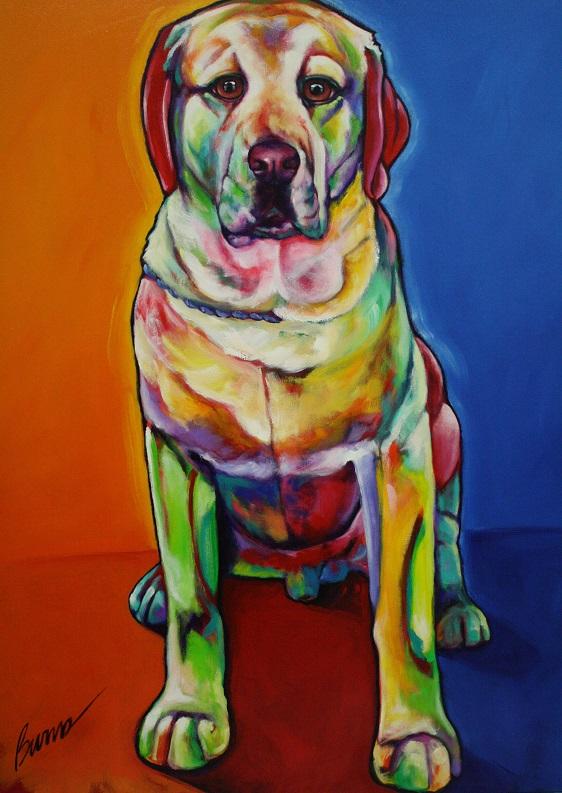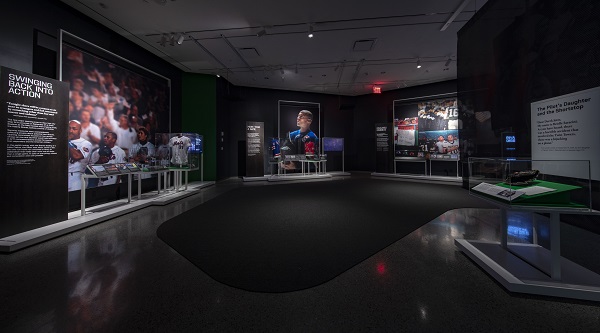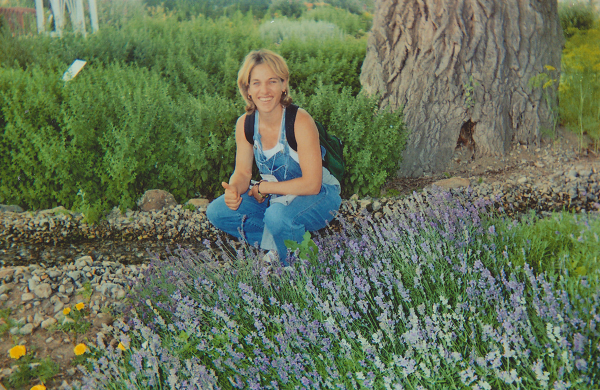Make a donation to the museum
Four-Legged 9/11 Heroes
Four-Legged 9/11 Heroes

Within hours after the attacks of Sept. 11, thousands of rescue workers from across America deployed to ground zero to help in the search and rescue efforts. Joining the endeavor were dogs specially trained in search and rescue, police work, therapy and comfort. It is estimated that more than 300 dogs took part in the search, rescue and recovery efforts at ground zero.
Search and rescue dogs (SAR) certified by the Federal Emergency Management Agency (FEMA) specialize in disaster response skills. Trained to search and detect living human scent, their mission was to find survivors buried in the rubble. The last living person rescued from ground zero 27 hours after the collapse was found by one of these search and rescue dogs.
As the days went on, rescue and recovery workers soon realized the chance of finding survivors was slim. With rescue operations pivoted to a recovery mission, and cadaver dogs, trained to find human remains, were brought onto the scene.
Working alongside their handlers, the four-legged heroes worked tirelessly climbing huge piles of debris while fires still smoldered. The search for signs of life or human remains was mentally and physically taxing on the dogs, as the SAR dogs began to get discouraged and lose their search drive. Aware of the importance of morale in these dogs and to keep their motivation high, their handlers would stage a “mock find” so the dogs could feel successful.
Veterinarians were stationed at the site to help care for these dogs. Working 12-hour shifts on the pile, the dogs needed to have their paw pads, eyes and noses cleaned often. Cynthia Otto, director of the Penn Vet Working Dog Center, and Lisa Murphy, an associate professor of toxicology and director of the Pennsylvania Animal Diagnostic Laboratory System at the School of Veterinary Medicine's New Bolton Center, were both on the ground supporting these dogs. They recently sat down with the 9/11 Memorial & Museum’s Vice President of Collections and Oral History Amy Weinstein to talk about their experiences taking care of these extraordinary canines at ground zero.
In addition to search and rescue dogs at ground zero, therapy dogs, like Nikie, provided comfort to the firemen and rescue workers who continued to work countless of hours on the pile. They represented a respite from the surrounding destruction and debris, even only for a minute.
The heroism of these canines has been vastly documented in books like Dog Heroes of September 11th and on Animal Planet’s Hero Dogs of 9/11. Last June, the last known surviving search dog of 9/11, Bretagne, was laid to rest.
Beginning this Friday, July 20, visitors to the 9/11 Memorial Museum can learn about the spirit and stories of these heroic dogs in a new special exhibition, “Dogs of 9/11,” found in the Museum’s Education Center.
By 9/11 Memorial Staff
Previous Post
Reflecting on the World Cup and the Emotional Significance of Sports

The emotional effects of sports are multi-pronged. They course through every society and country, and can be unifying, particularly in times of crisis and upheaval. As ESPN staff writer Tommy Tomlinson observed, “This is the blessing of sports. They help you remember when you want to remember, and they help you forget when you need to forget. They heal us an inning at a time, quarter after quarter, play by play.”
Next Post
Remembering Jennifer Louise Fialko, “An Inspiration to Her Teammates”

Before the age of 30, Jennifer Louise Fialko learned to speak fluent Spanish and Portuguese, lived in Spain, graduated from the University of New Hampshire and had overcome a battle with Hodgkin’s Disease. On Aug. 6, 2001, the 29-year-old started a new job in the World Trade Center’s South Tower with AON Insurance Corporation. She was at work on the 92nd floor on the morning of 9/11.